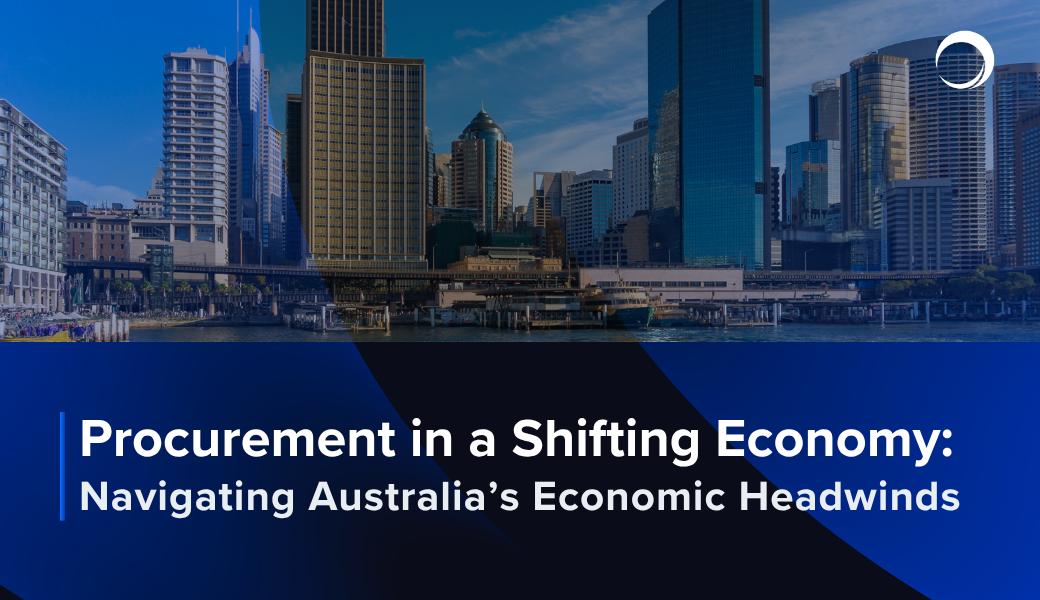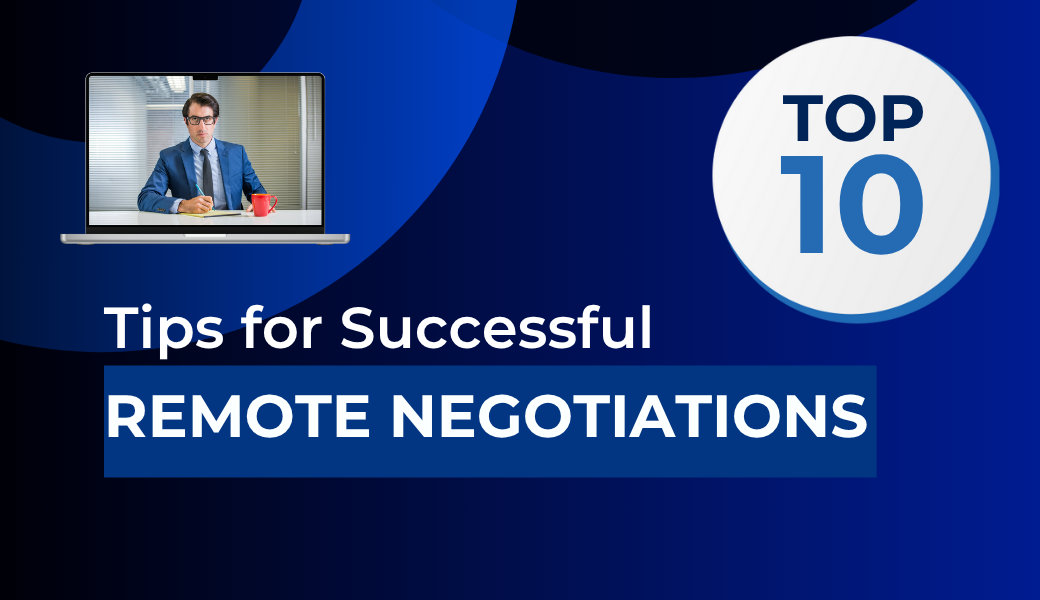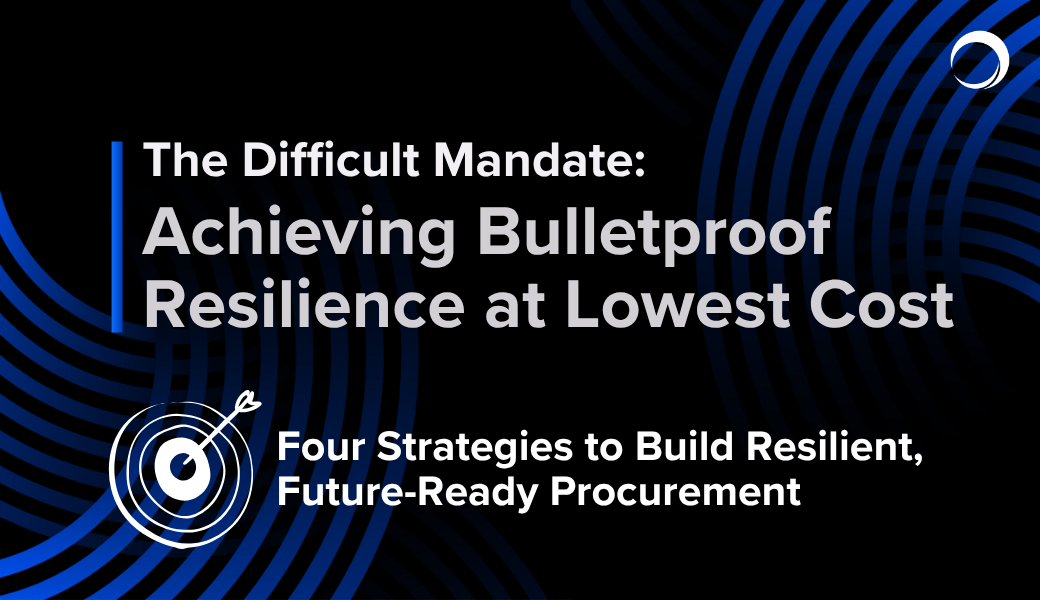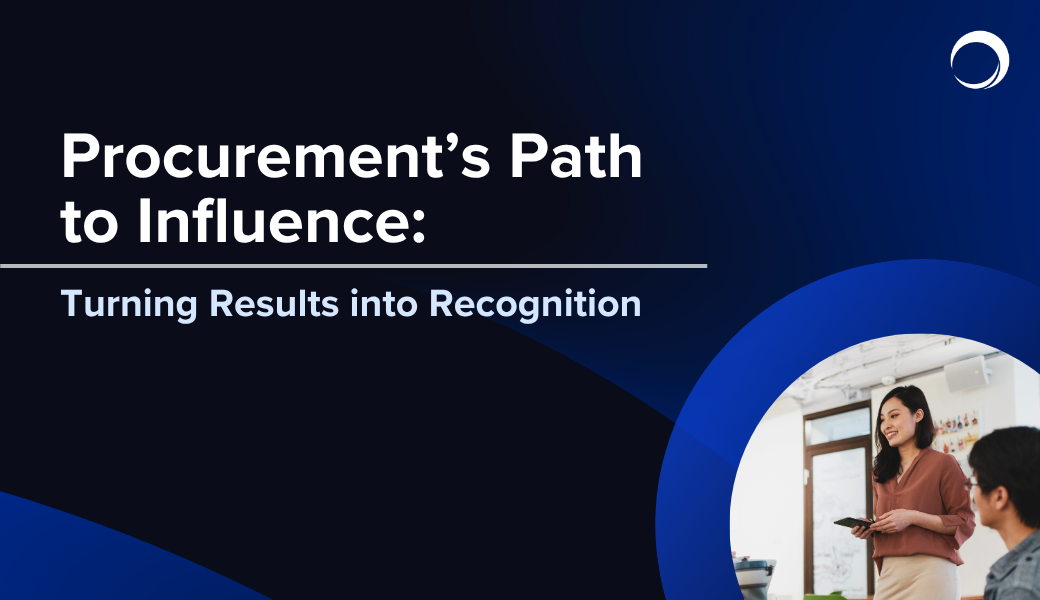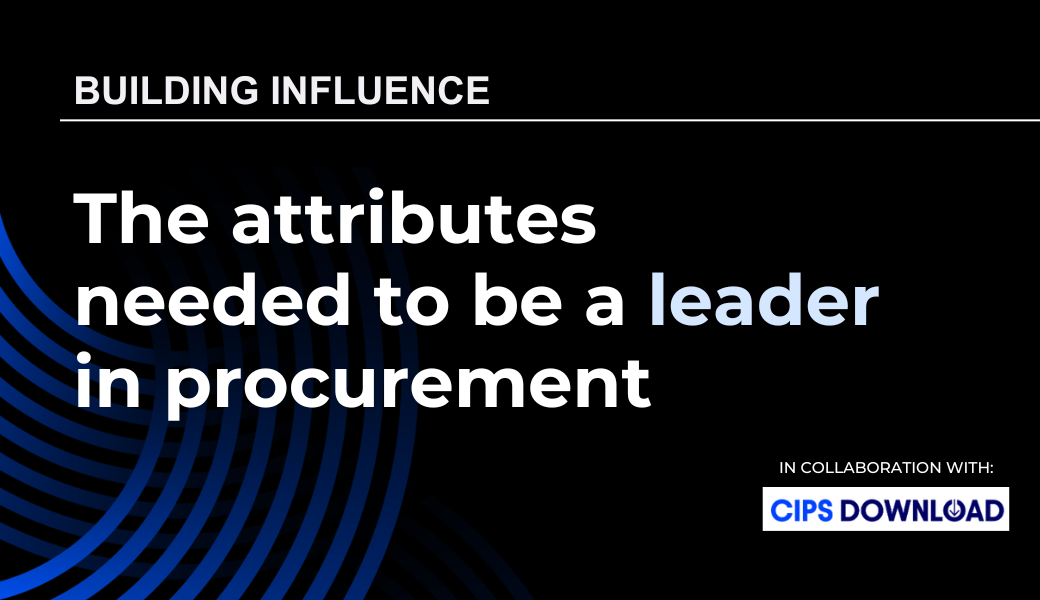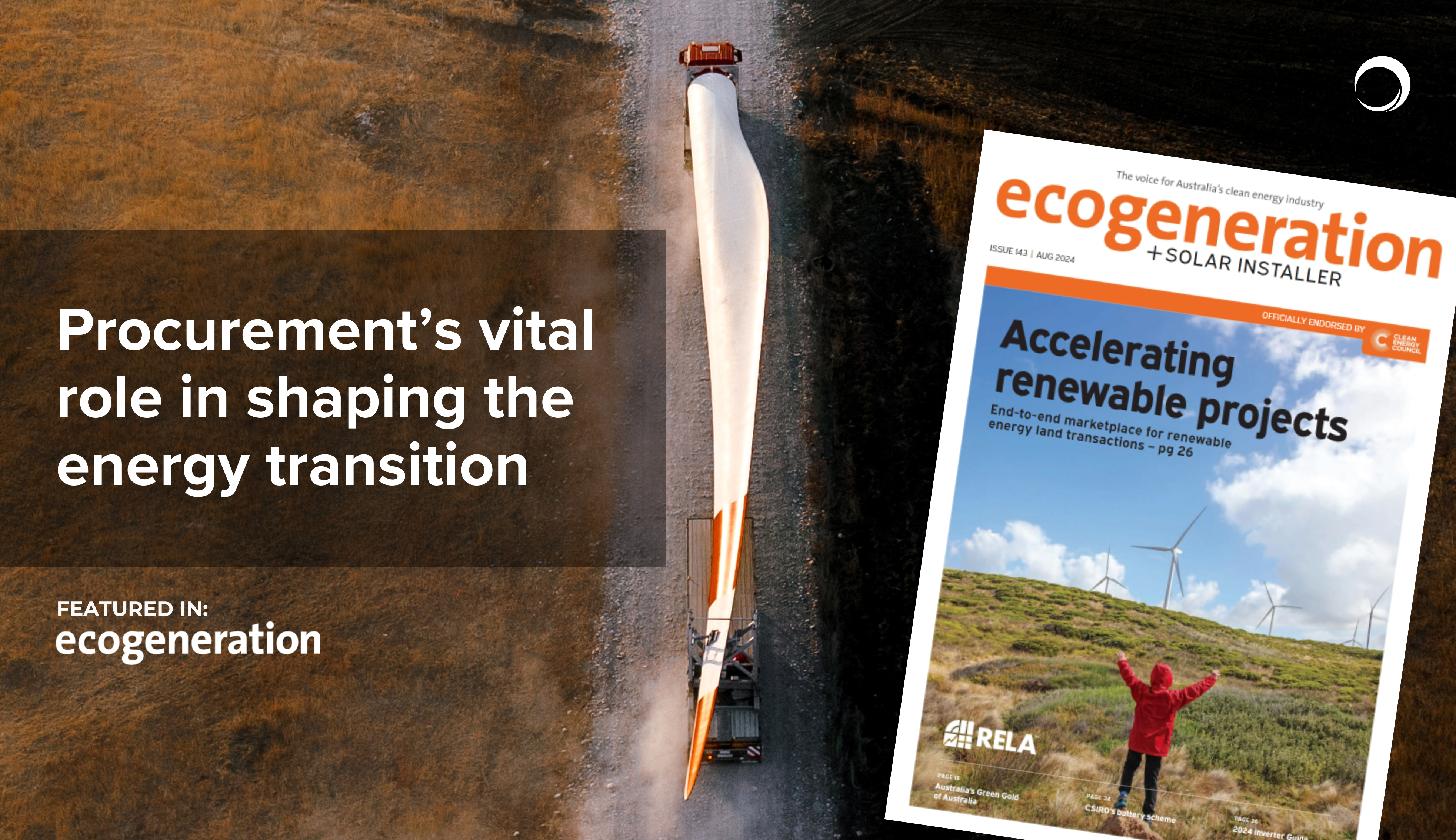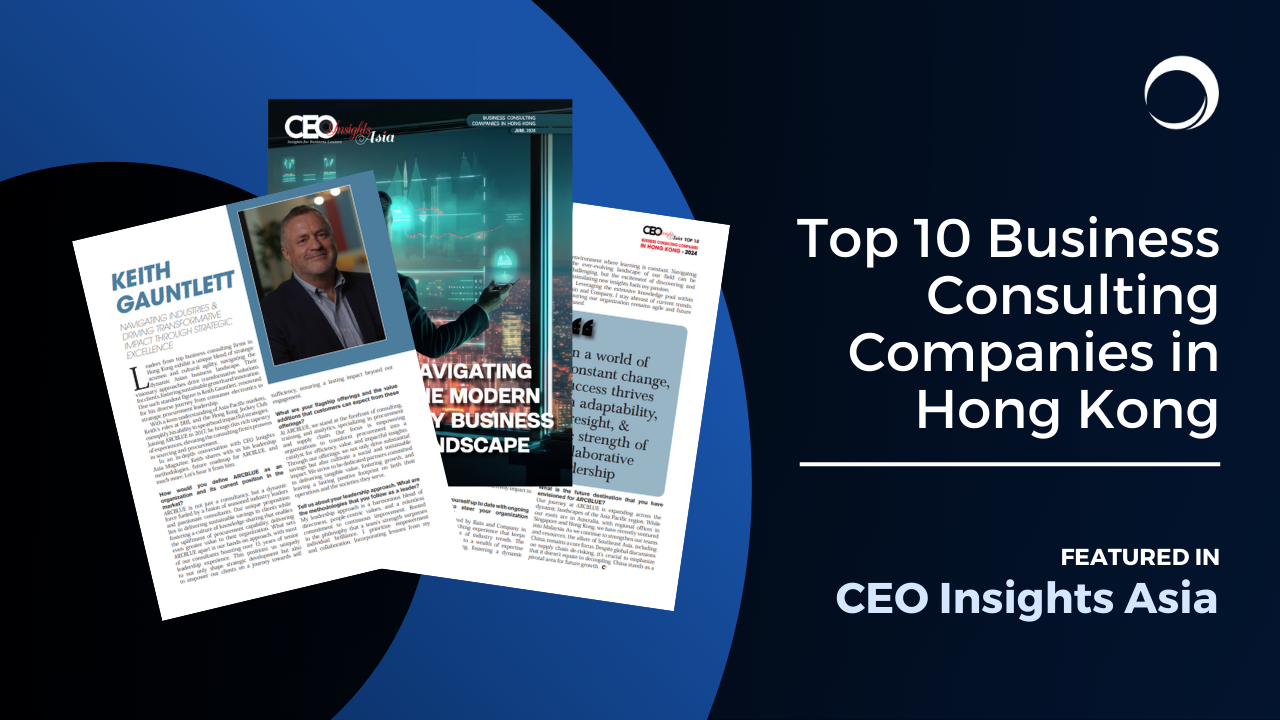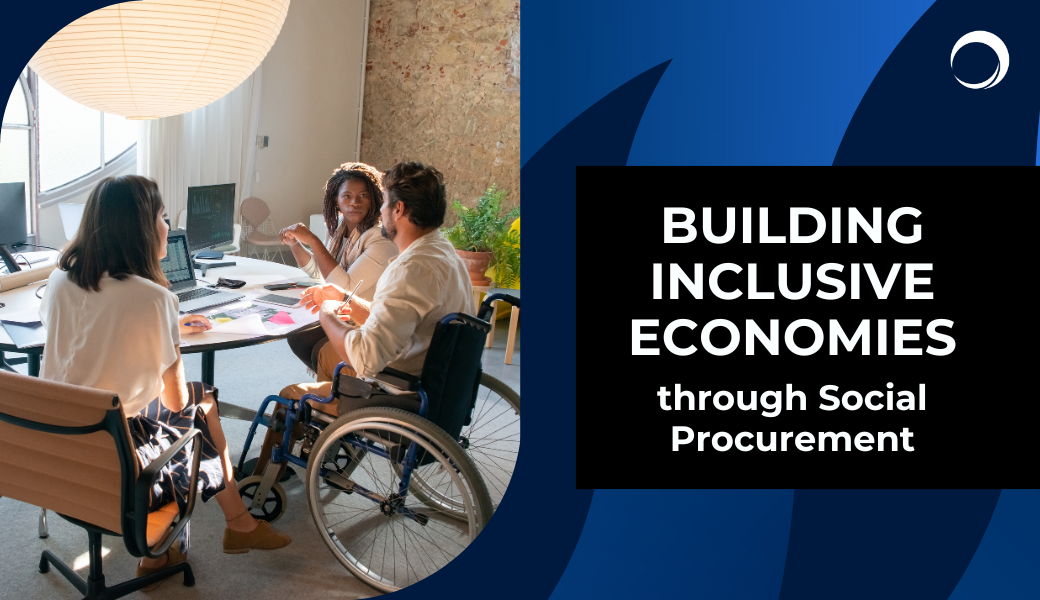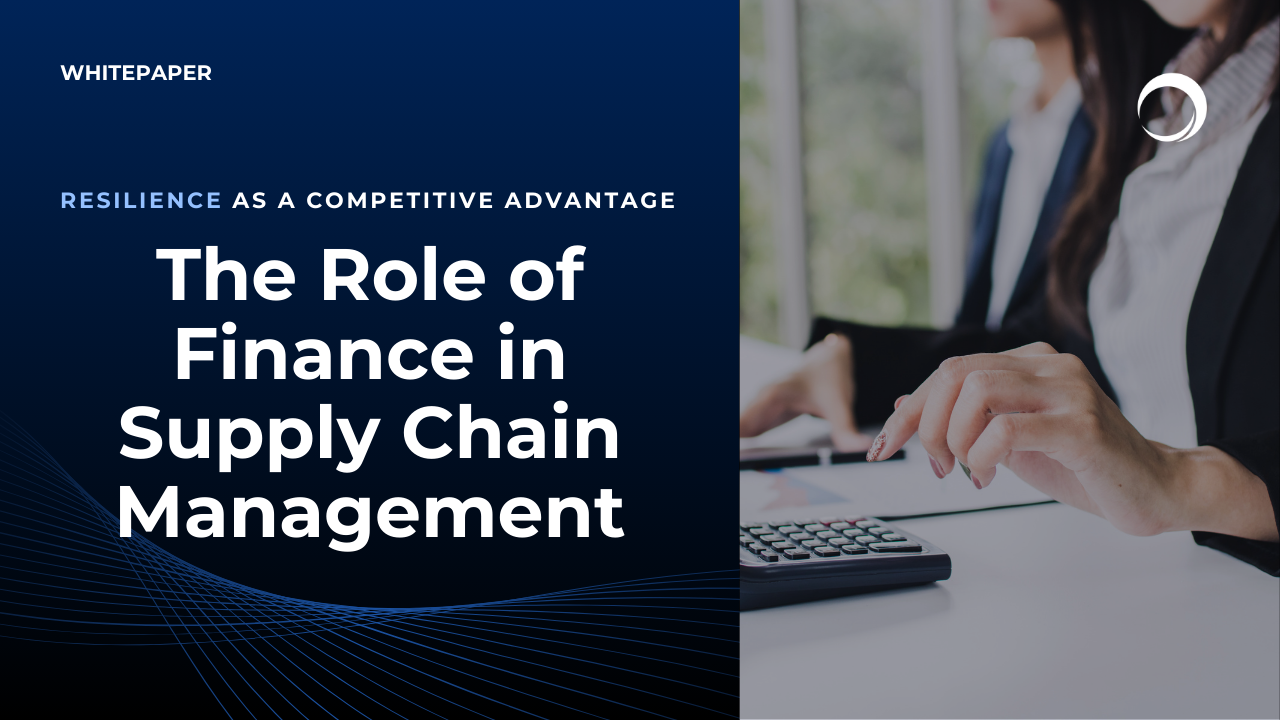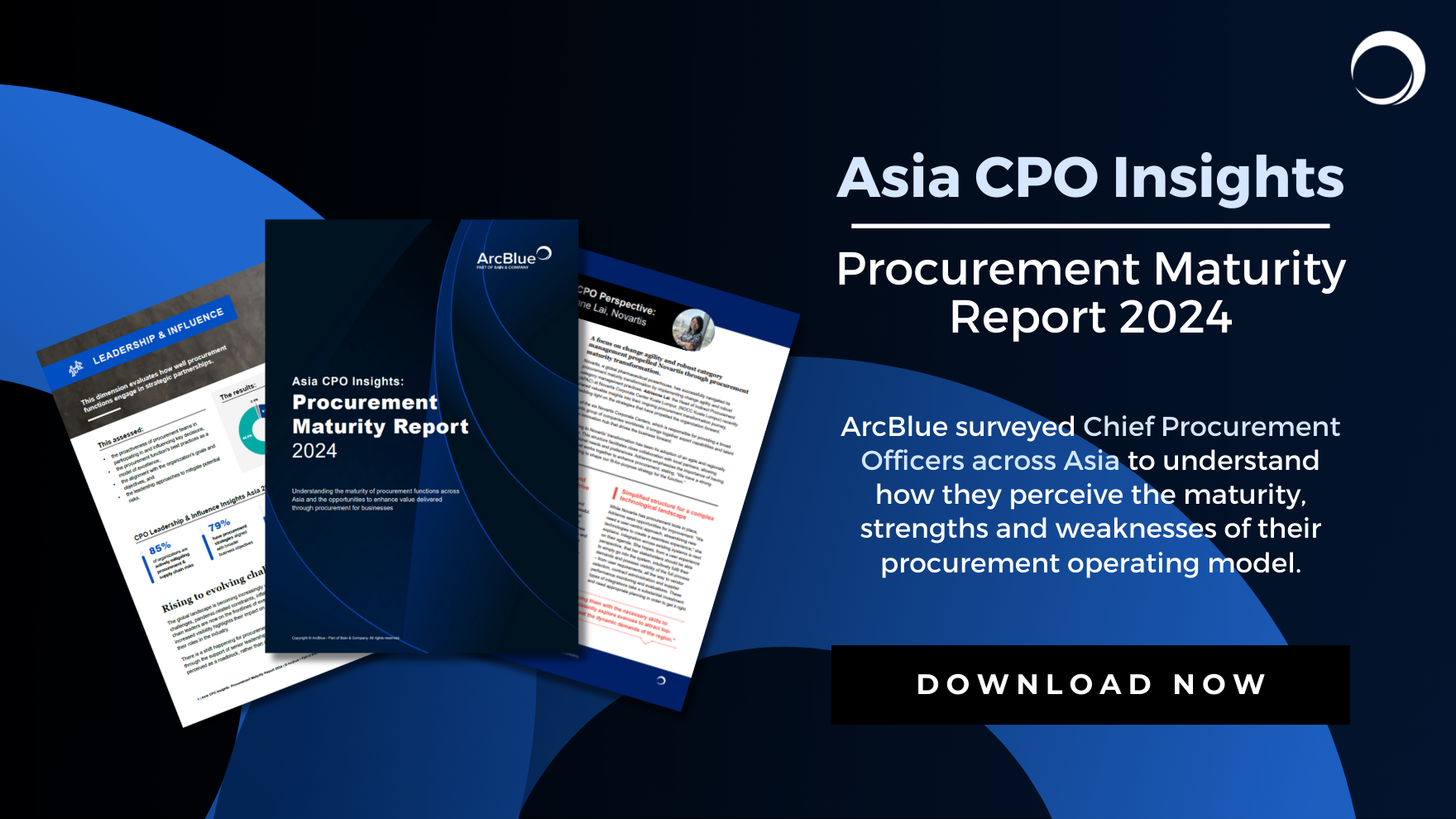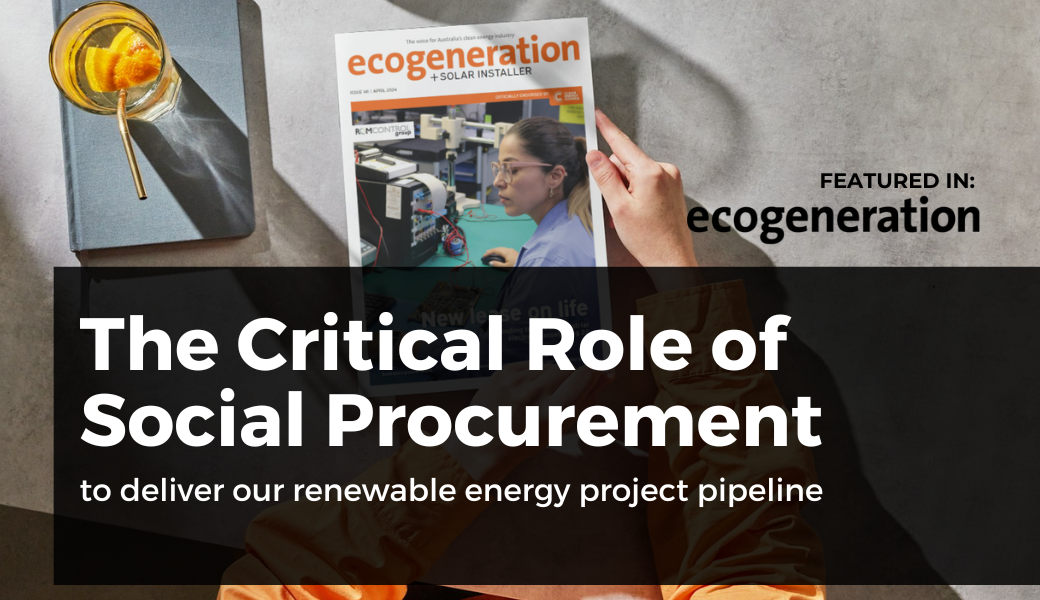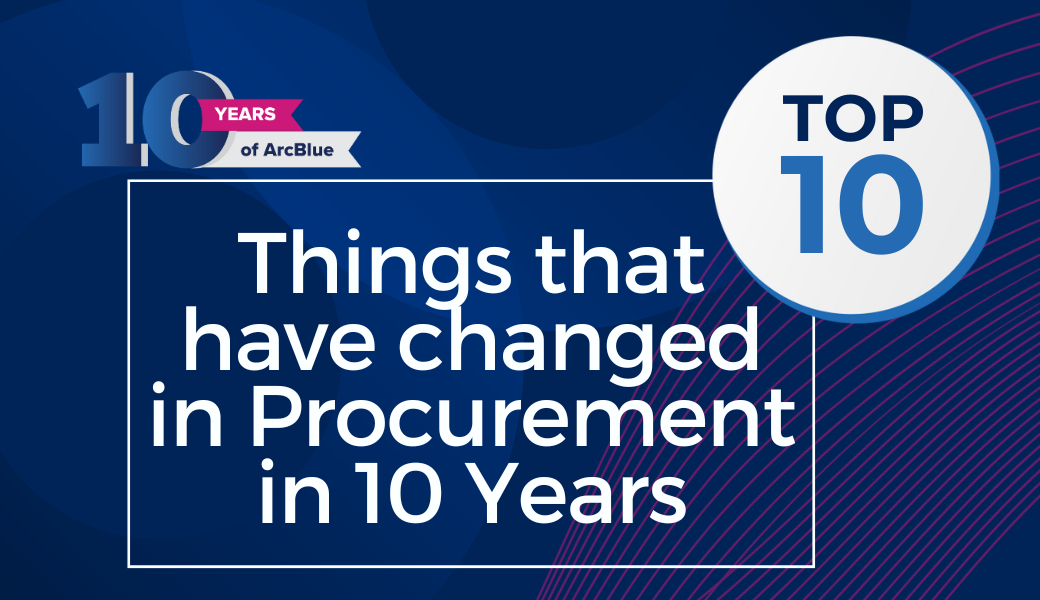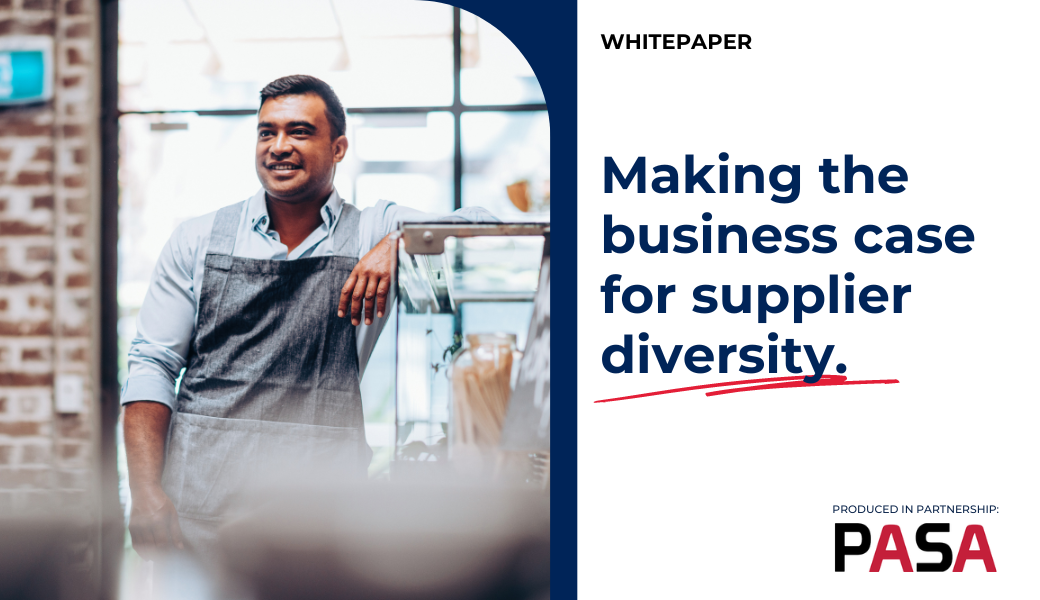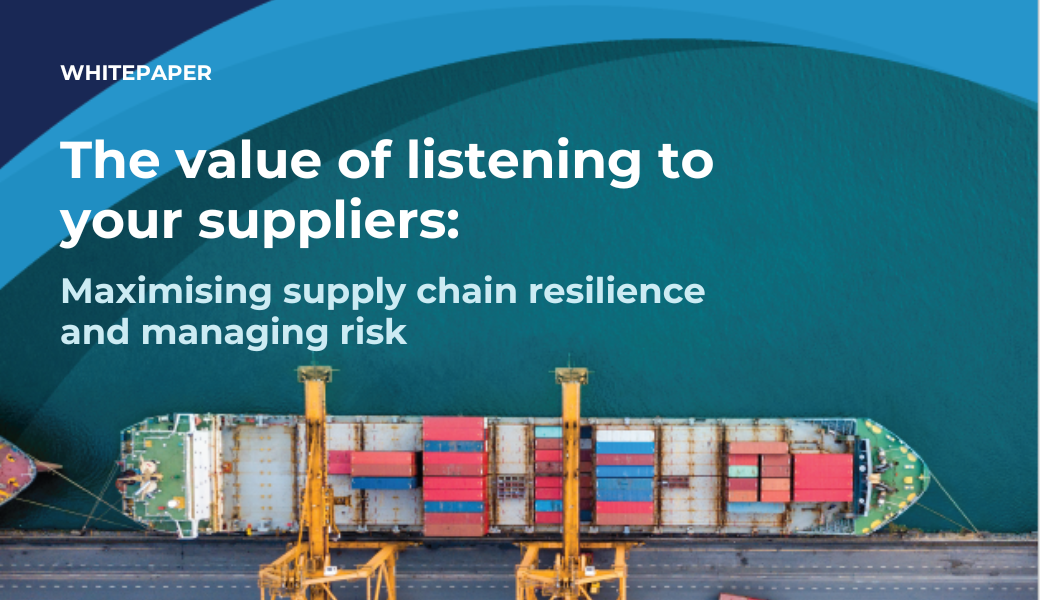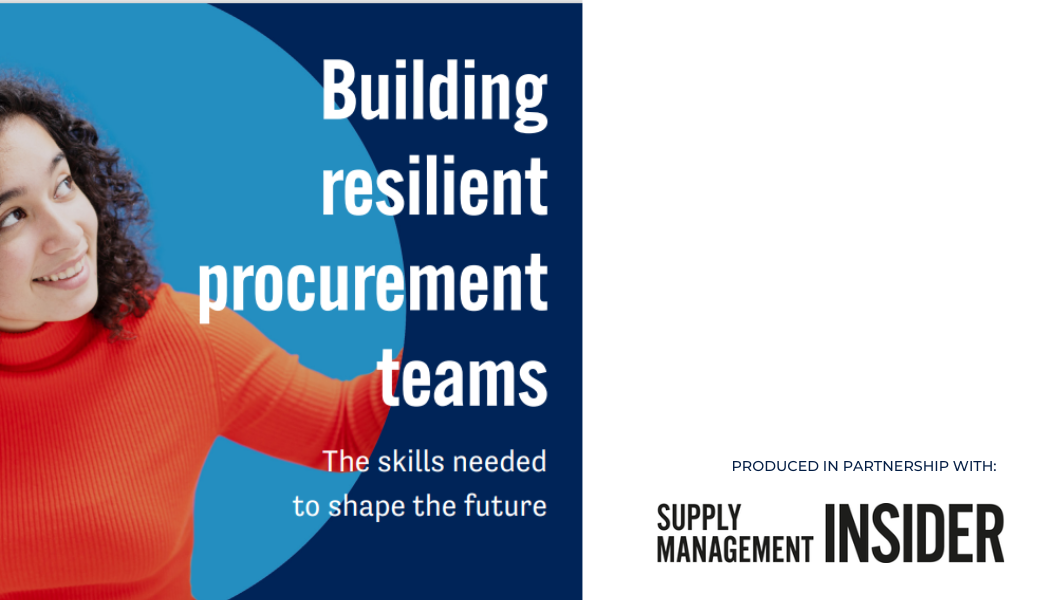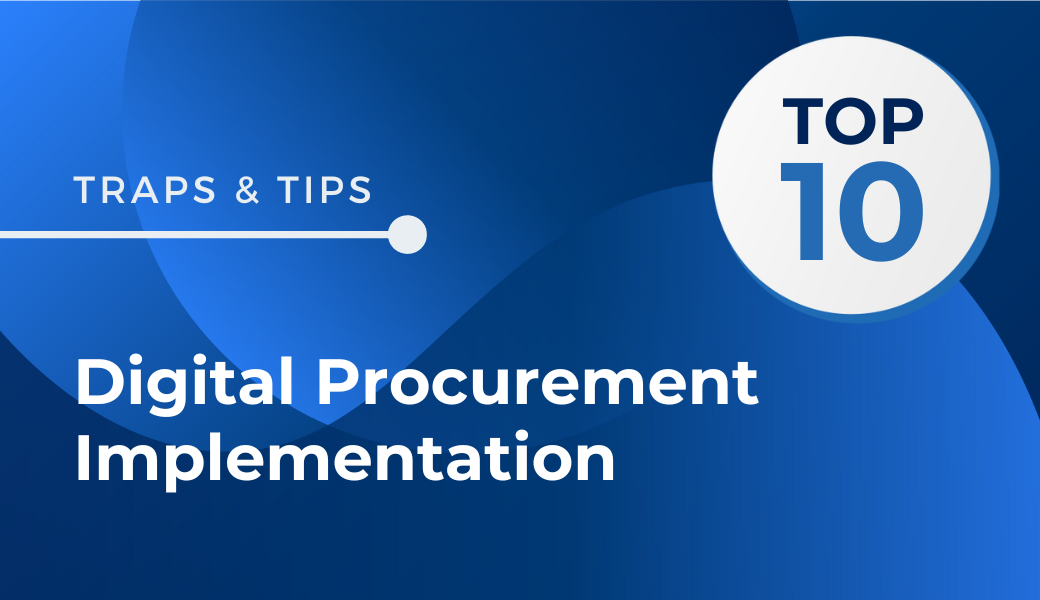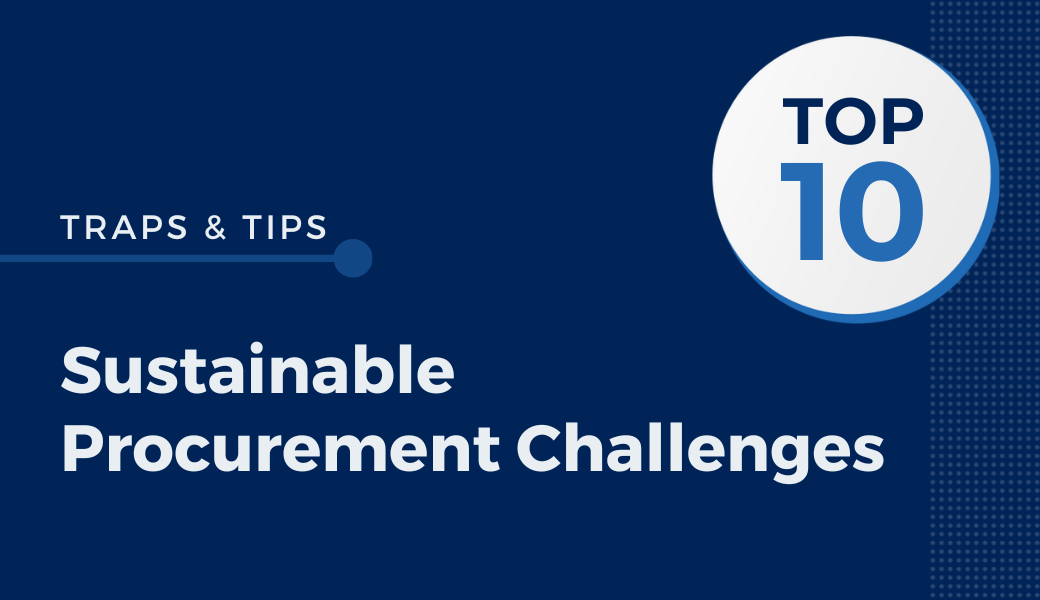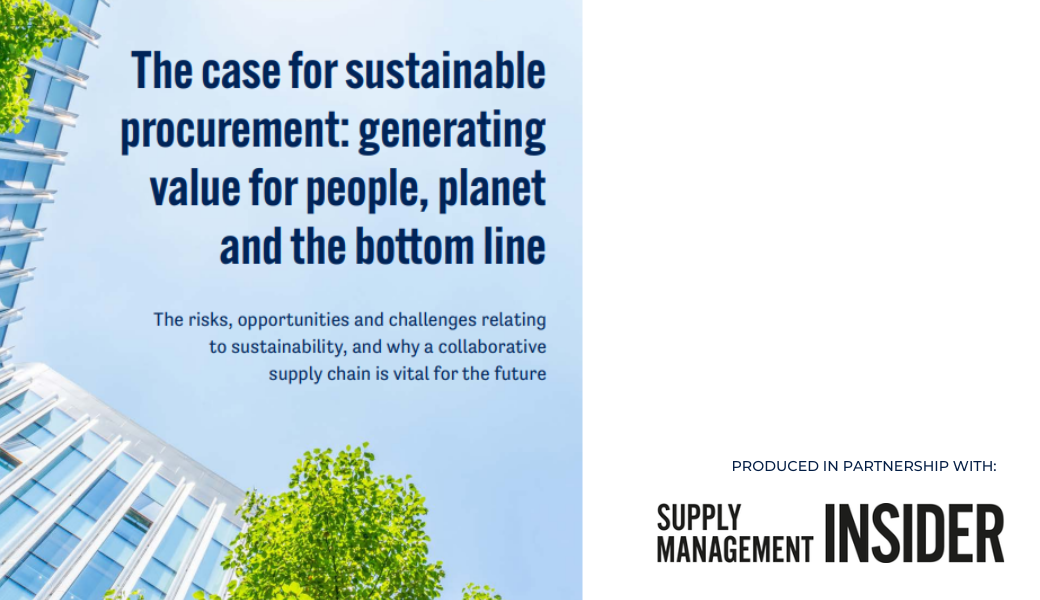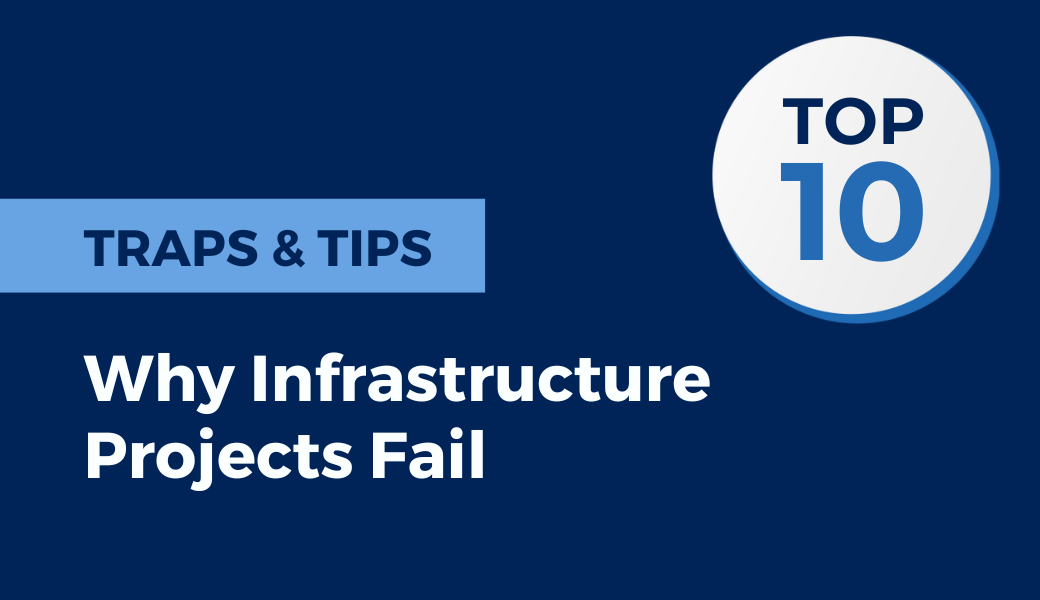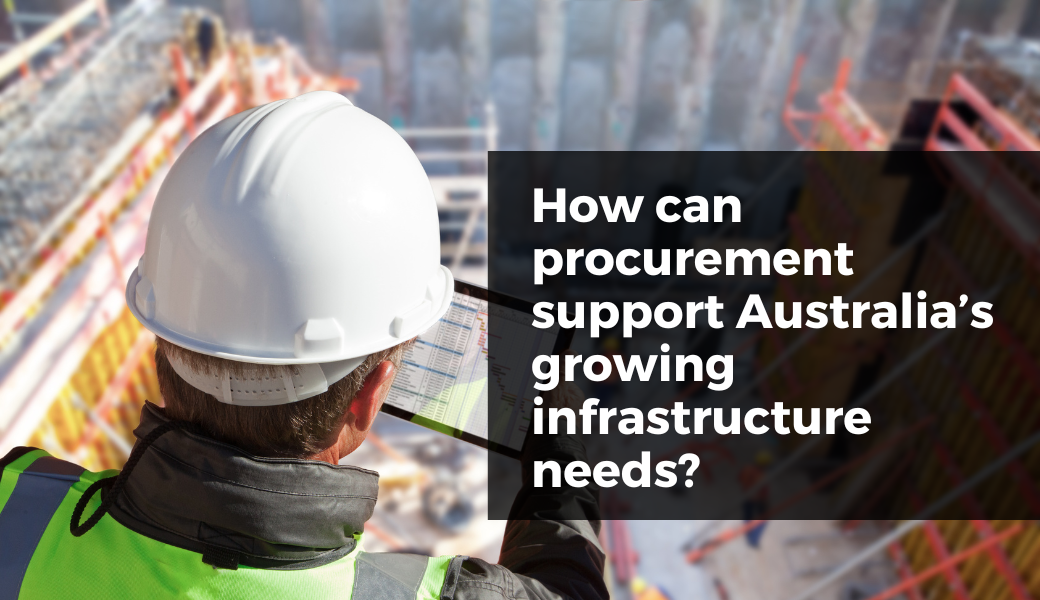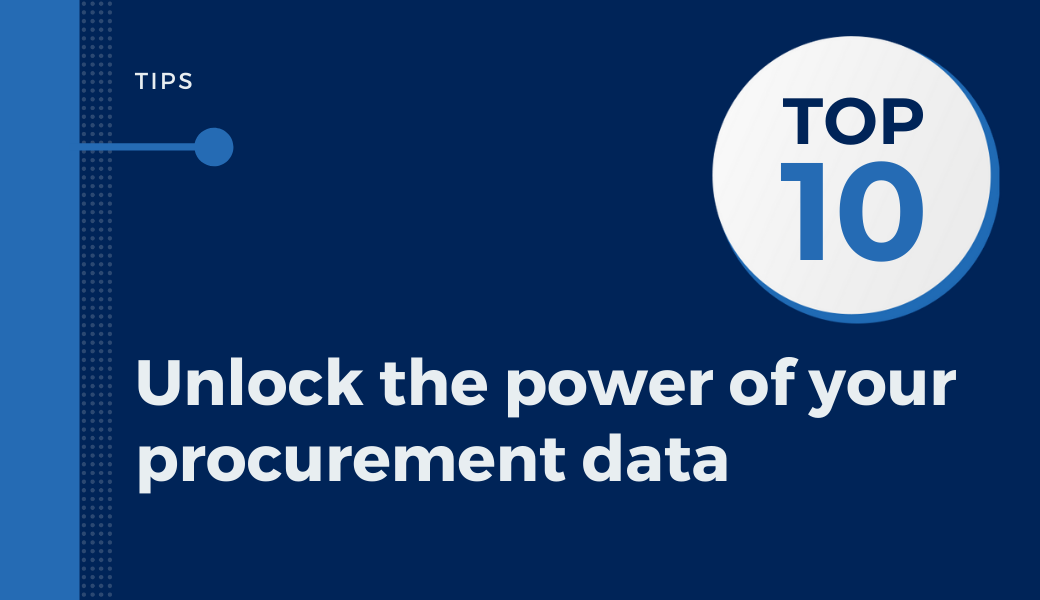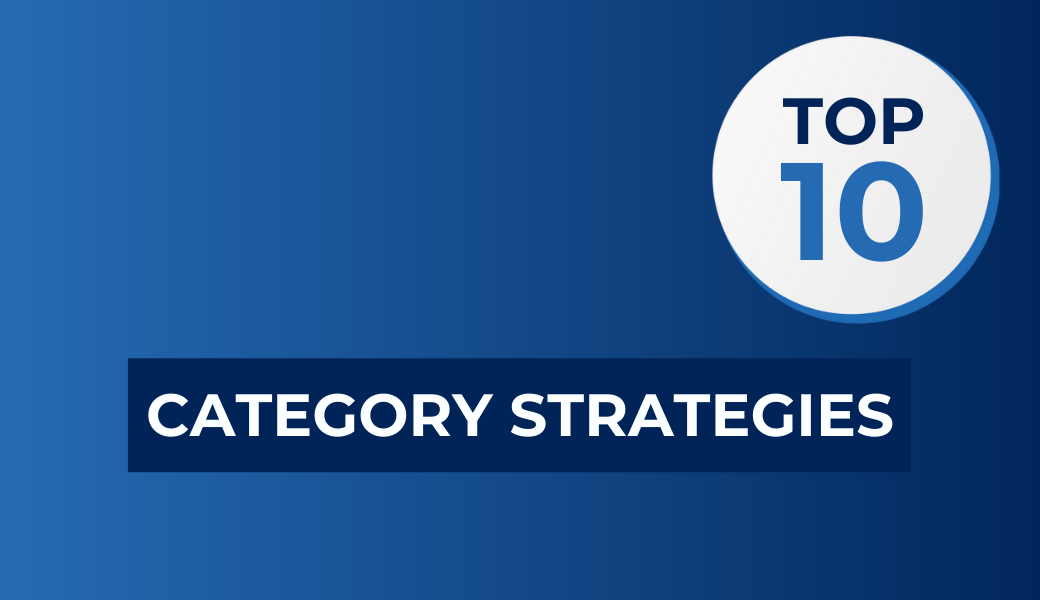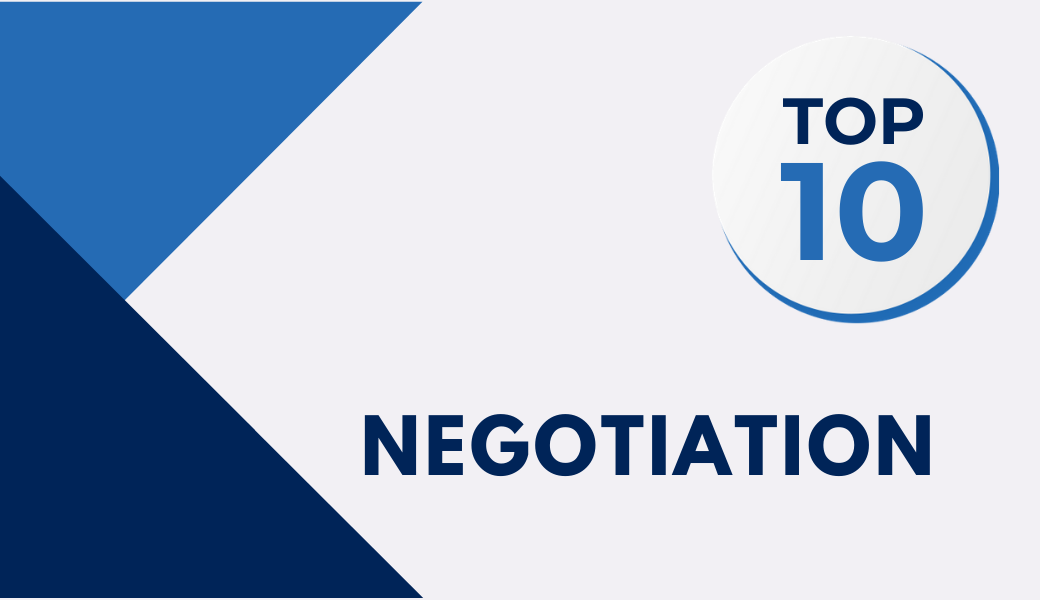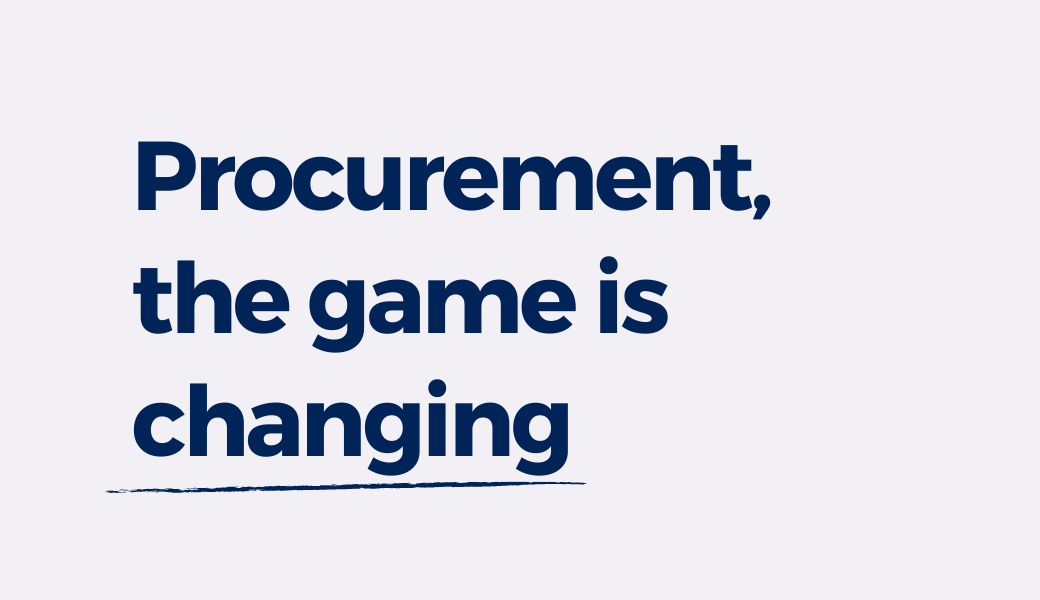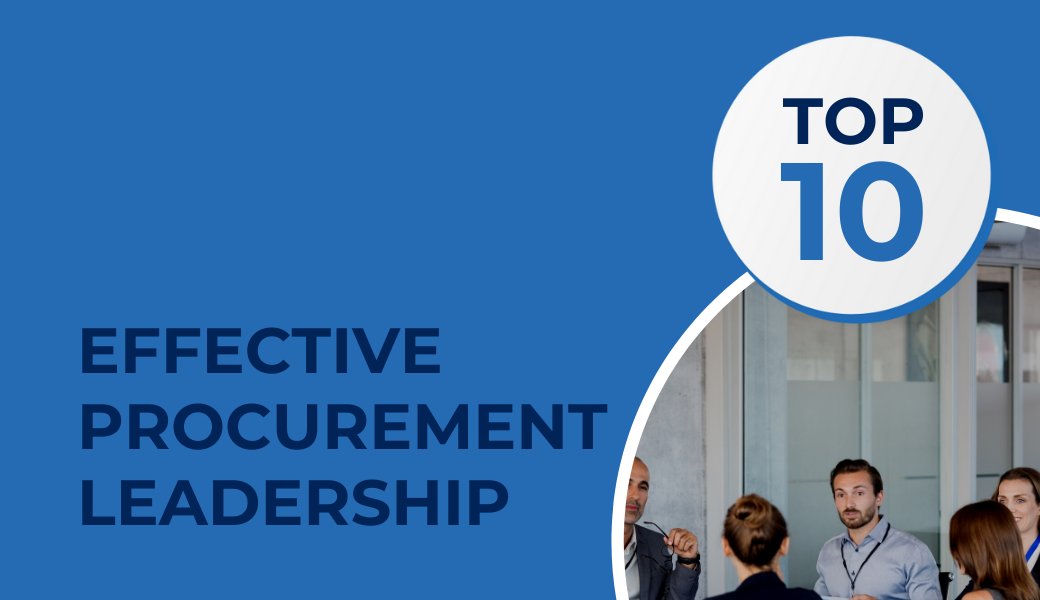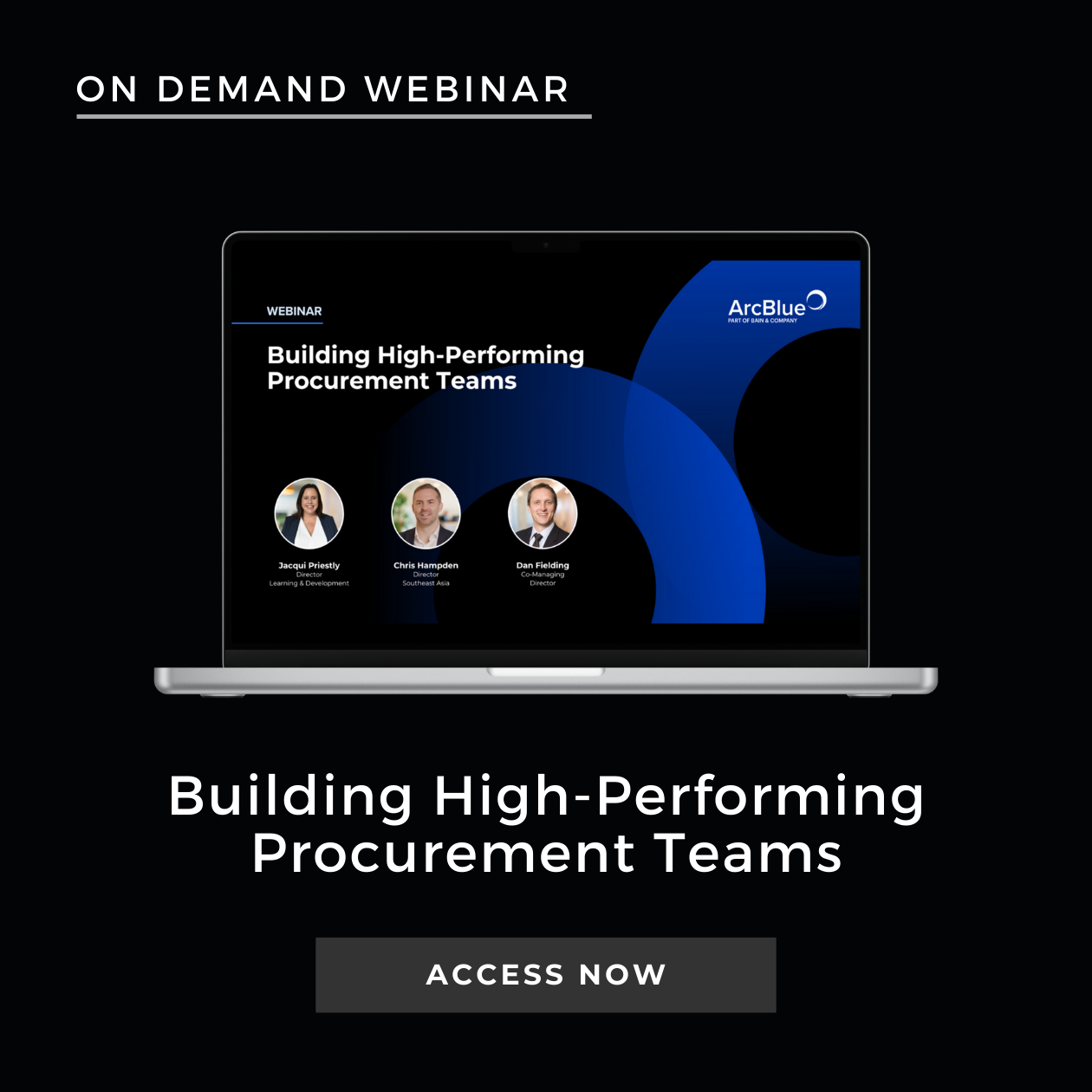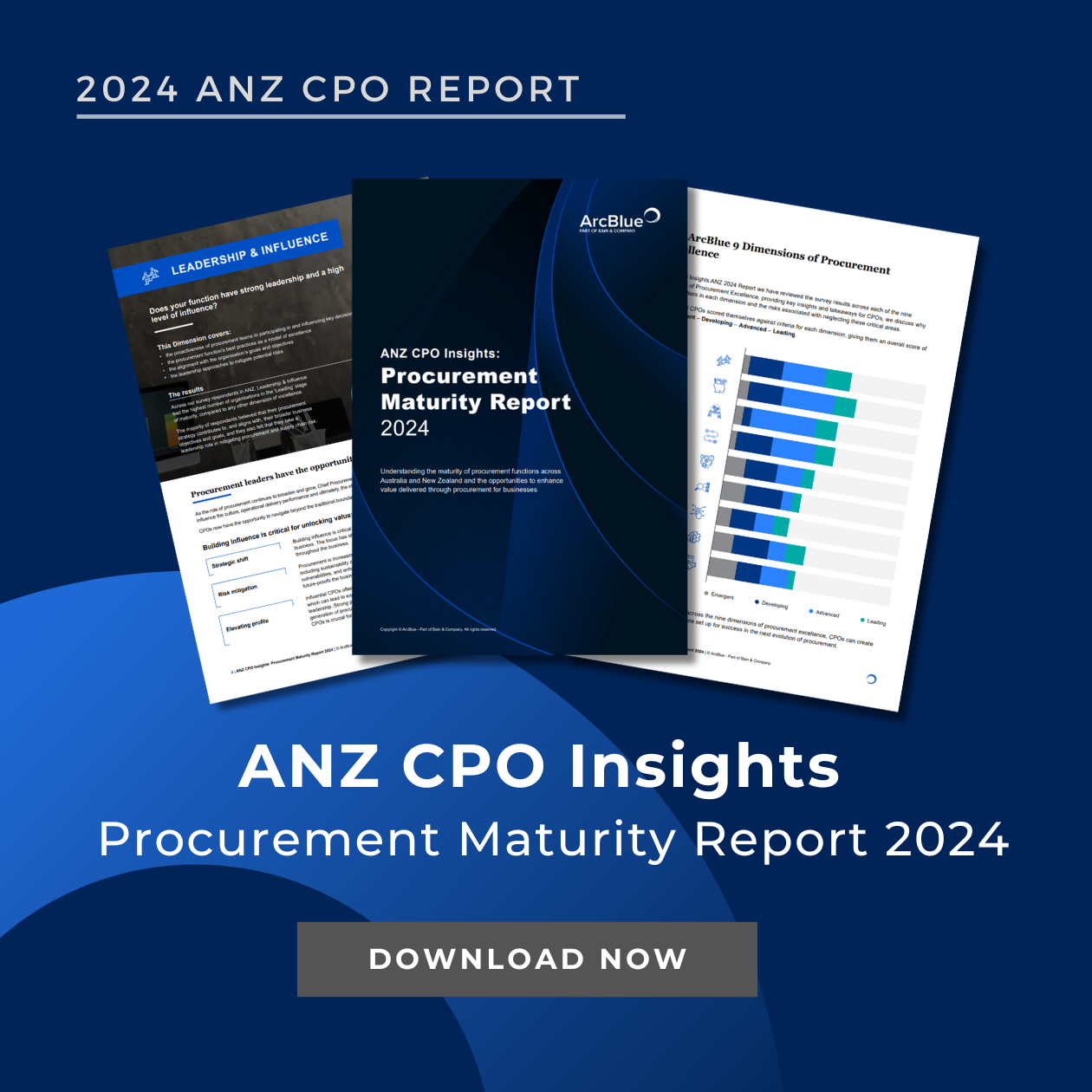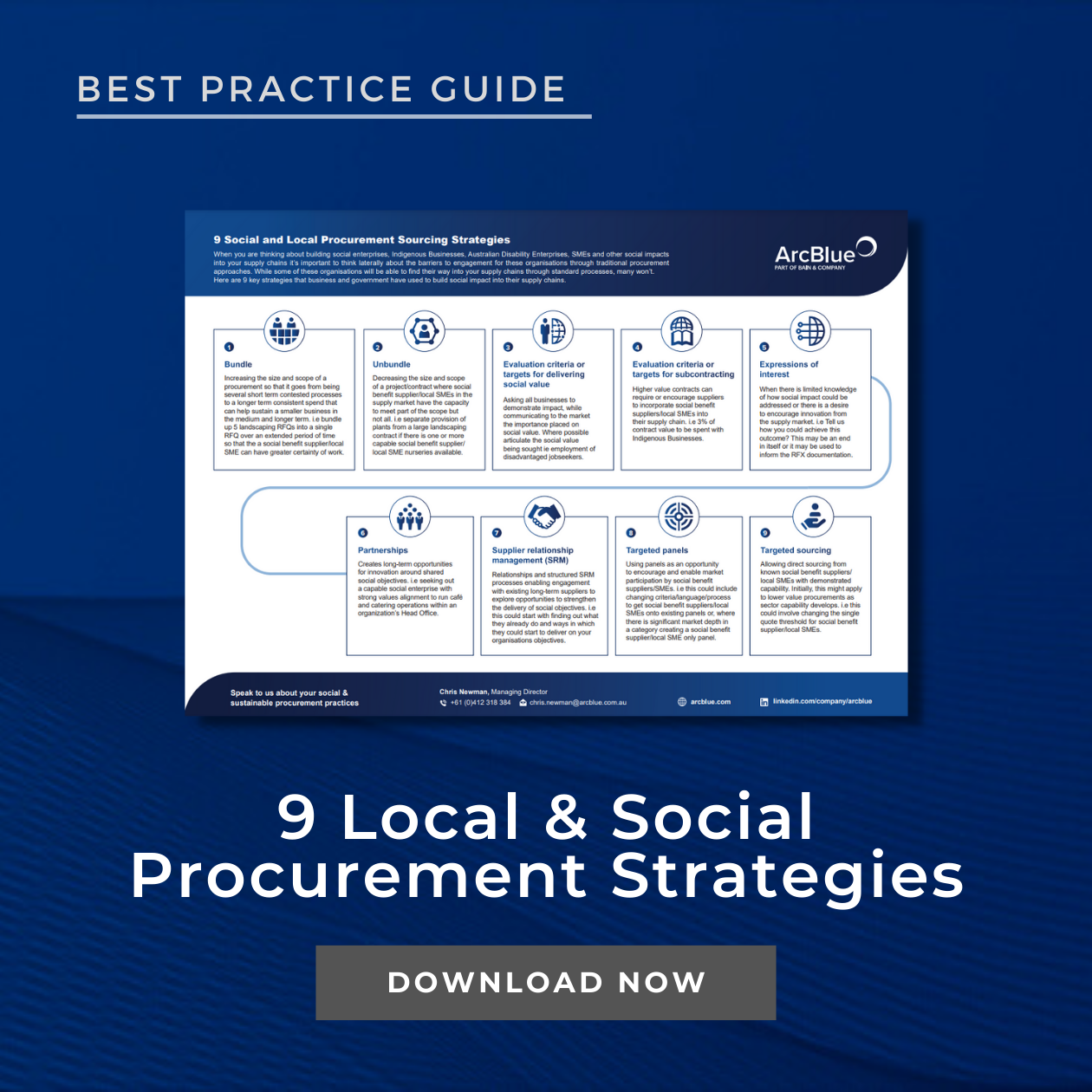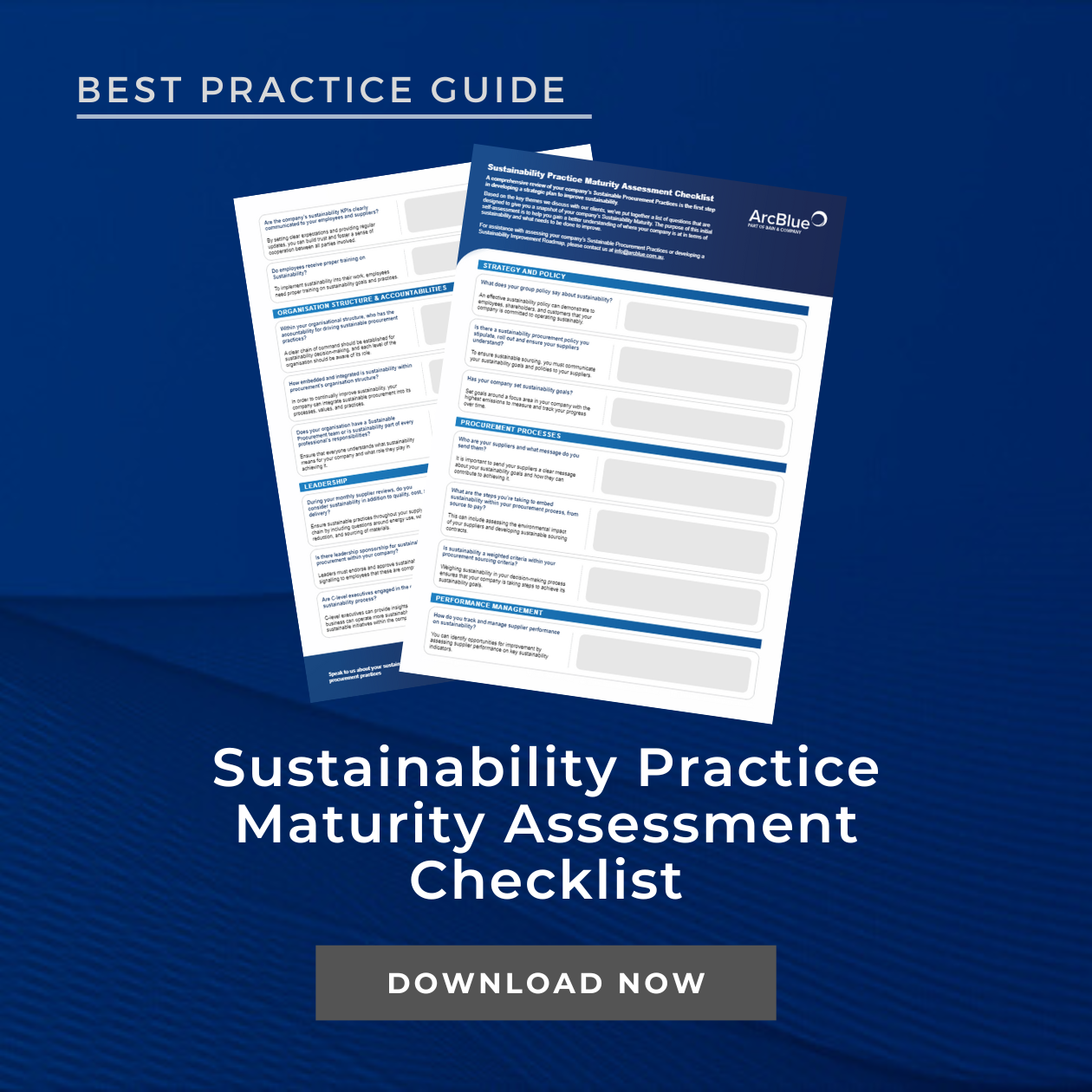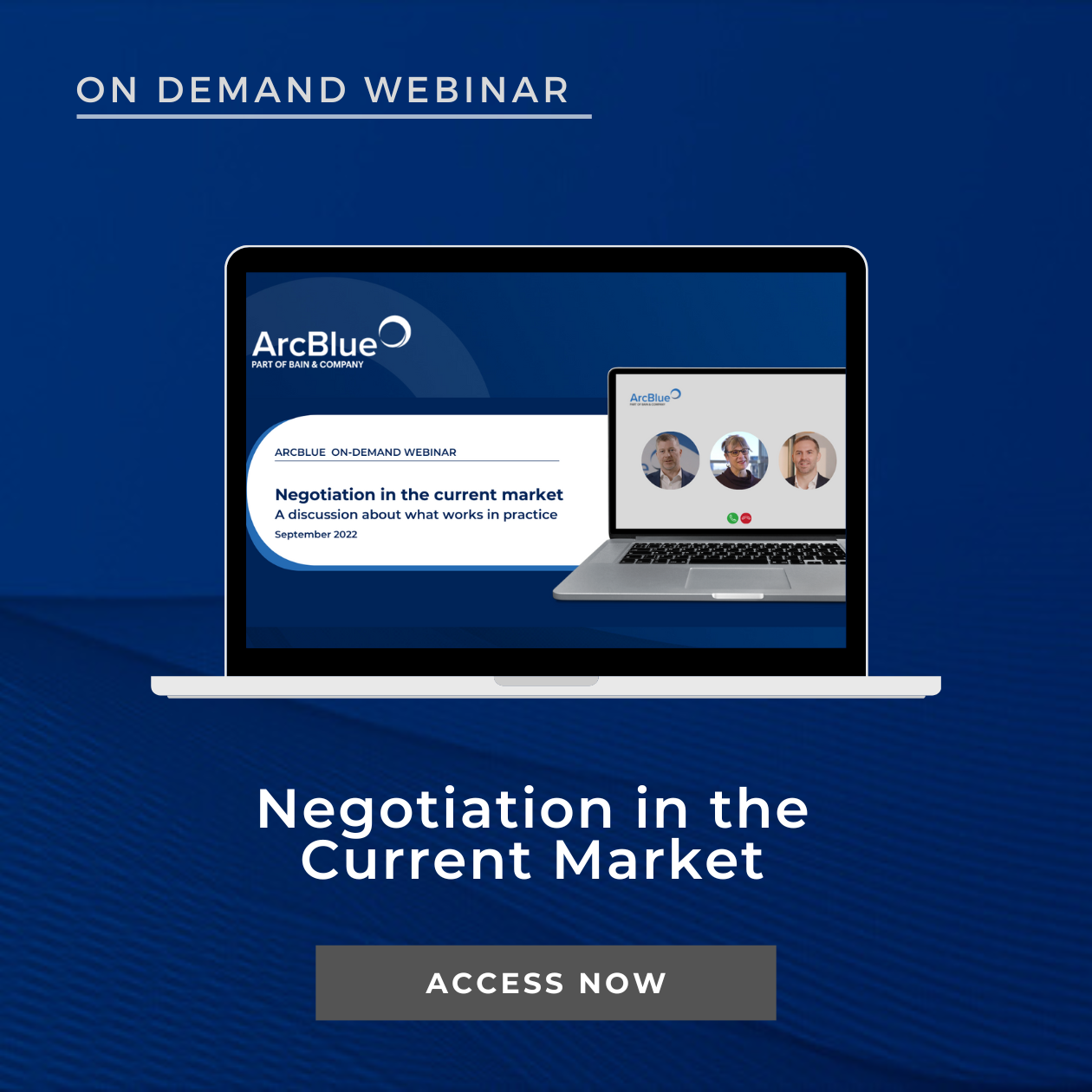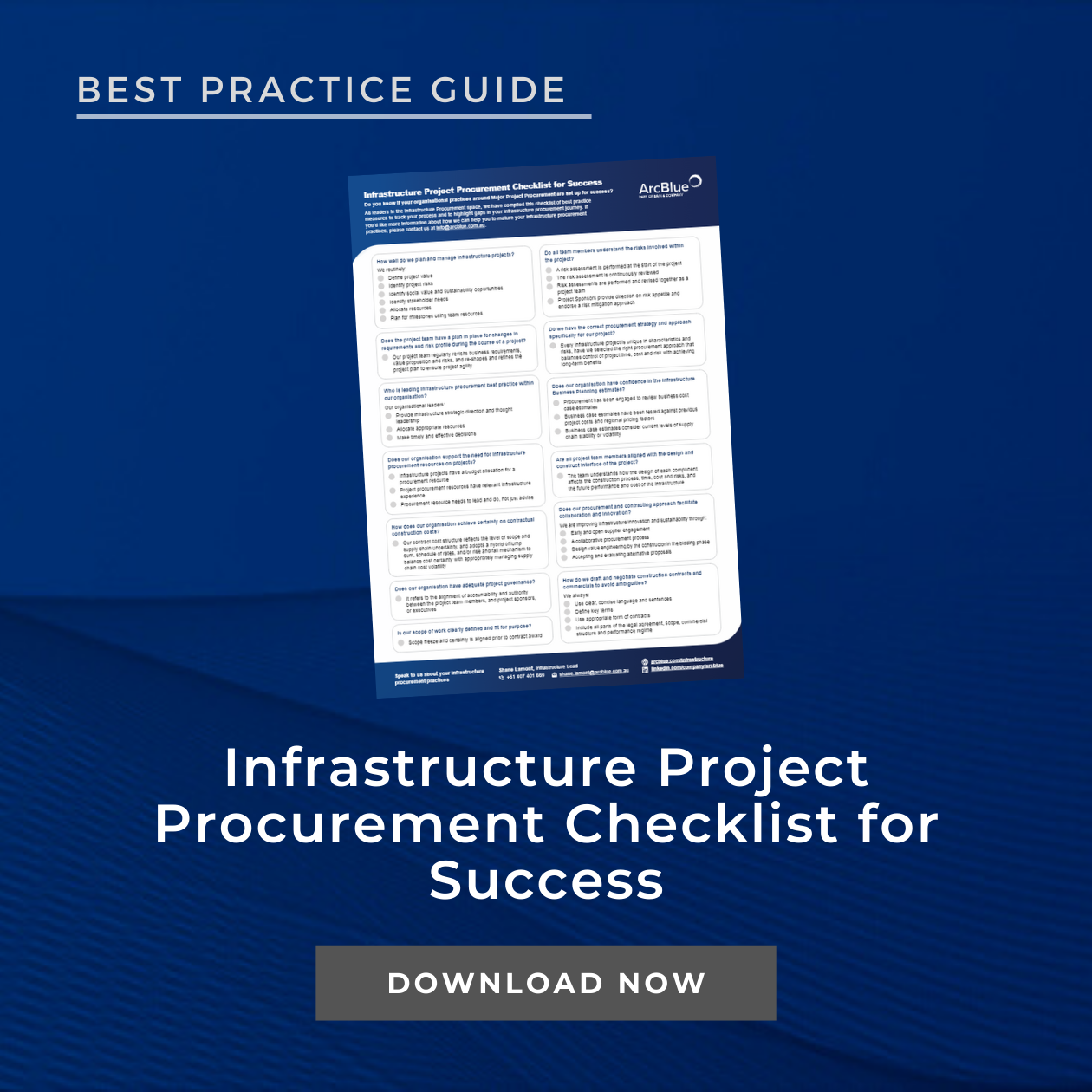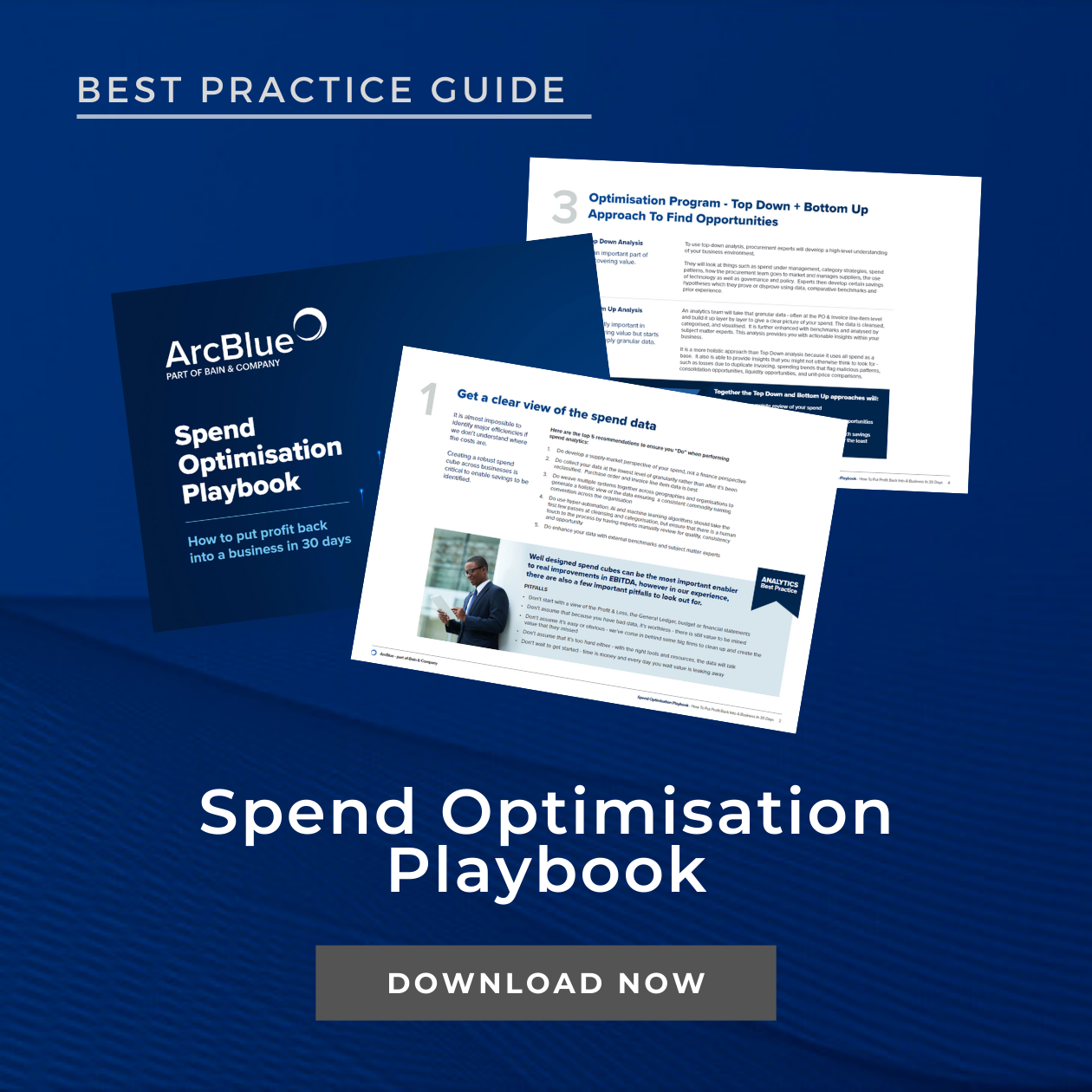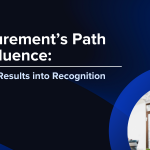- ARTICLE
Leveraging Procurement to Safeguard Capital Projects in a Geopolitically Unstable World
May 2025
Amid growing geopolitical instability and volatile tariffs, Chief Procurement Officers (CPOs) are under mounting pressure to safeguard long term capital investments.
Many businesses are pursuing strategic priorities such as digital transformation, infrastructure modernization and net-zero commitments. However, CAPEX plans are increasingly under threat as escalating costs associated with tariffs, project delays, as tighter access to finance are squeezing timelines and budgets. The challenge is therefore to rethink how CAPEX gets delivered.
CPOs have a key role to play in redesigning sourcing, contracting, and financing strategies to ensure capital projects remain viable – even in high-cost, high-risk environments. Those that adapt now will be better positioned to maintain competitiveness, operational resilience, and sustainability leadership.
Authors
Related Services
The Strategic Impact of Tariffs on CAPEX
Tariffs are creating multi-dimensional challenges across three strategic CAPEX focus areas.
1. Expansion & Modernization. US tariffs on China and the EU are driving up the cost of infrastructure materials such as steel, aluminium, and smart components. These pressures alone could inflate CAPEX expansion budgets by an estimated 10–14%¹ for some industries.
2. Digital Infrastructure. Greater geopolitical tensions around key technologies like 5G, biometrics, AI systems, and semiconductors are delaying important digital transformation programs. As digital systems can account for up to 22%² of CAPEX budgets, such delays risk compromising digital capabilities.
3. Sustainability & Net-Zero Commitments. Decarbonization efforts are slowing due to higher tariffs on solar panels, EV infrastructure, and advanced materials required for sustainable builds. Political headwinds around sustainability further dampen the appetite for investing in this critical space.
We foresee these pressures impacting businesses in both the short and long-term:
- Tariff Uncertainty will drive up costs, cause prolonged delays, and create shortages of critical materials and input goods.
- Supply Chain Instability caused by contractors and OEMs renegotiating terms mid-project to reflect rising input prices. Additional shocks, such as oil price volatility, will further disrupt logistics and project timelines.
- Global Market Volatility causing companies to reassess contracting models and financing structures, introducing more complexity and scrutiny in board-level investment approvals.

Table 1: Procurement’s responses to key challenges related to CAPEX projects
| Impact | Impacted Area | The Challenge | Procurement response (Example) |
|---|---|---|---|
| Tariff Uncertainty | Costs | Tariffs on infrastructure increase project costs significantly, forcing budget overruns. | Assess contracts and lock in fixed-price contracts with least impacted OEMs and hedge via forward purchasing. |
| Delays | Steel/aluminum tariffs disrupt deliveries (e.g., for terminal expansion), delaying critical upgrades by several months. | Dual source structural materials from least impacted suppliers with penalty clauses for delays. | |
| Shortages | Tariffs restrict access to critical project materials, triggering procurement gaps. | Establish stock buffers and partner with low-tariff zone OEMs. | |
| Supply Chain Instability | EPCs | EPCs request change orders to offset tariff-driven cost spikes, overrunning CAPEX budgets. | Audit supplier financials, identify alternatives, add fixed-price contracts with tariff escalation caps (e.g., 5% annual adjustment). |
| OEMs | Single source OEMs creates dependencies that could impact project progression. | Pre-certify and diversify OEM mix and build up stockpiles for critical components. | |
| Oil Prices | Fuel-intensive equipment faces significant hikes when oil surges. | Lock in energy hedges in contracts for longer horizons, and accelerate electrification to mitigate risks. | |
| Unstable Global Trading Marketplace | Approvals | Macroeconomic volatility on tariffs/throughput projections stalls board approvals for multi-year port projects. | Modular phasing along with inflation-indexed ROI business case models to de-risk approvals. |
| Contracting | Fixed-price contracts with inflexible terms unfulfilled as EPCs hit with increased material costs mid-project. | Use hybrid contracts (e.g., capped cost-sharing) along with tariff-triggered pause clauses. | |
| Financing | Banks increase premiums on credit, or at worst freeze loans, for tariff-exposed projects over fears of stranded assets. | Embed tariff-triggered repayment flexibilities in loan agreements with financiers and secure private-public mix. |
Without mitigation, these dynamics create a vicious cycle, where delayed projects incur cost inflation, which further strains budgets. In turn, this leads to a real risk of chronic underinvestment in critical infrastructure, digital capabilities, and sustainability.
The Strategic Mitigation: Rethinking CAPEX Execution
To sustain momentum, CPOs must move beyond reactive cost-cutting and adopt structural solutions. We recommend three key actions every procurement leader should be thinking about:

1 – Contracting Innovation
Traditional contracts are poorly equipped for today’s volatility driven by tariff uncertainty. CPOs should explore:
- Fixed-Price Contracts with Low-Exposure OEMs: Prioritize agreements with manufacturers minimally affected by tariffs and hedge risk through forward purchasing.
- Tariff Escalation Caps: Introduce cost adjustment ceilings (e.g., 5% annually) in contracts to provide budget predictability while sharing risk with suppliers.
- Hybrid Contracts with Pause Clauses: Develop agreements that allow project pauses or renegotiation if tariff costs exceed agreed thresholds—ensuring flexibility without full contract termination.
These approaches reflect a shift toward more collaborative and transparent supplier relationships, moving from adversarial negotiations to collaborative risk-sharing.

2 – Proactive Sourcing and Supply Chain Diversification
The move toward regionalized or localized supply chains is gaining momentum. This not only mitigates tariff exposure, but improve agility, reduce lead times, and enhance sustainability. This trend requires CPO to consider:
- Dual Sourcing for Structural Materials: Reduce overdependence on tariff-vulnerable suppliers by securing alternative sources, with embedded delay penalties to ensure performance.
- Strategic Stock Buffers & OEM Partnerships: Build material reserves for critical components and establish relationships with suppliers in low-tariff jurisdictions.
- OEM Diversification & Pre-Certification: Broaden the supplier base to prevent project disruptions, especially for high-tech or highly specialized equipment.
- Domestic Modular Construction: Explore local or modular build options as an alternative to complex, tariff-sensitive international supply chains.
- Circular and Cleantech Models: Shift to local cleantech ecosystems and circular design principles to reduce cost exposure and enhance long-term sustainability compliance.

3 – De-Risking Financing and Project Approvals
Financiers and boards are becoming more cautious. CPOs should adapt their investment cases accordingly with:
- Tariff-Responsive Loan Structures: Embed flexible repayment terms that respond to tariff-driven delays or cost overruns, reducing lender risk perceptions.
- Blended Financing: Combine private capital with public infrastructure grants or subsidies to broaden funding access and reduce exposure to credit tightening.
- Modular Phasing & ROI Indexing: Secure board approvals by phasing large projects into modular components, supported by ROI models indexed to inflation and tariff risk.
The Final Word: Procurement as a Strategic CAPEX Enabler
Tariff volatility is not a temporary disruption but likely an embedded feature of today’s geopolitical and economic environment. For CEOs and CPOs alike, the challenge is not just about cost containment. It’s about protecting the viability of capital investments in an era of uncertainty.
By innovating procurement approaches, such as embedding smart sourcing coupled with financial resilience, organizations can continue to invest with confidence in mission-critical CAPEX projects. By embedding resilience in procurement strategy today, leaders can secure their CAPEX future and turn uncertainty into a long-term competitive edge.
Sources
- ¹ https://www.marketsandmarkets.com/Market-Reports/future-of-airport-industry-32544208.html
- ² https://www.marketsandmarkets.com/ResearchInsight/impact-of-trump-tariffs-on-future-of-airport-industry.asp
INSIGHTS
RESOURCES & DOWNLOADS






